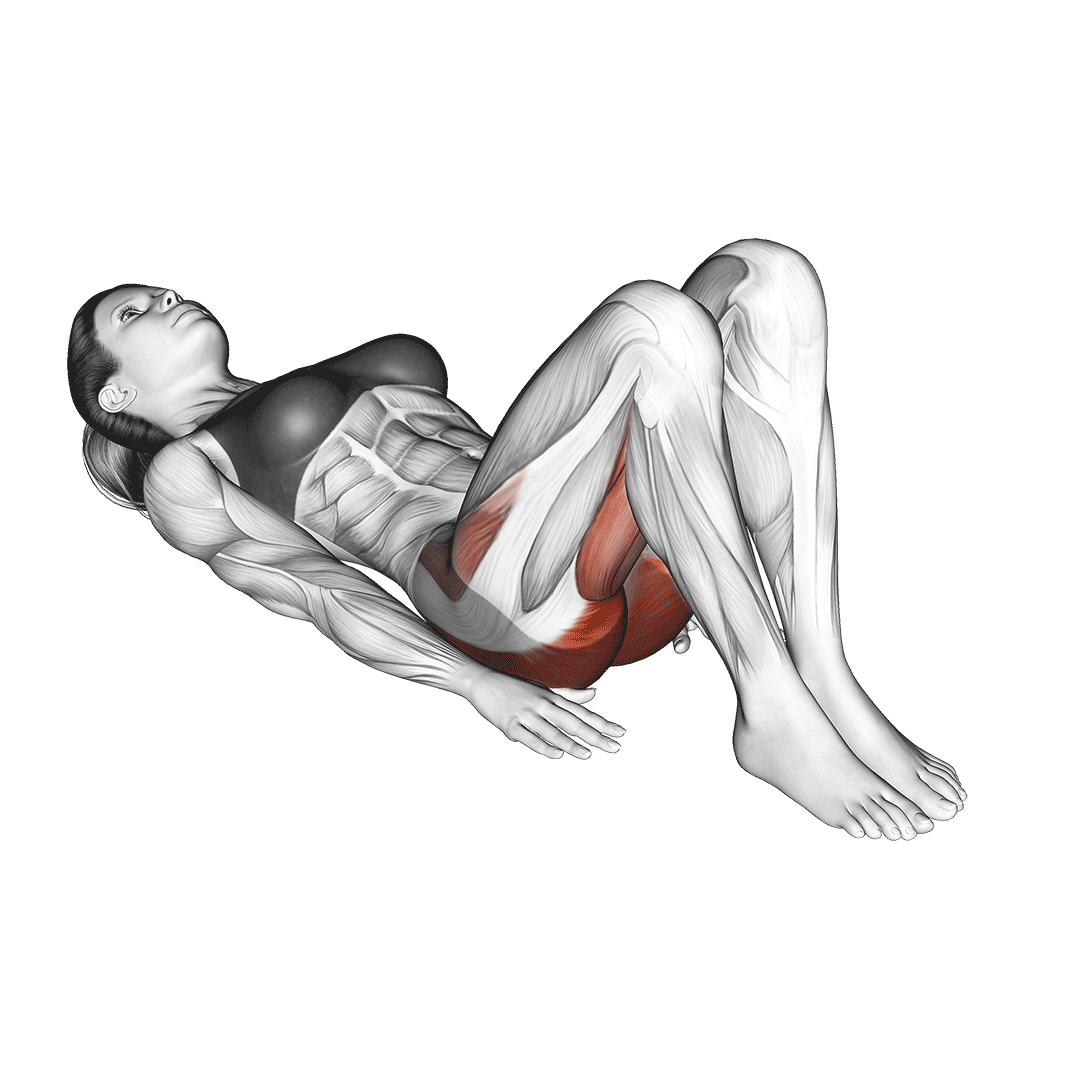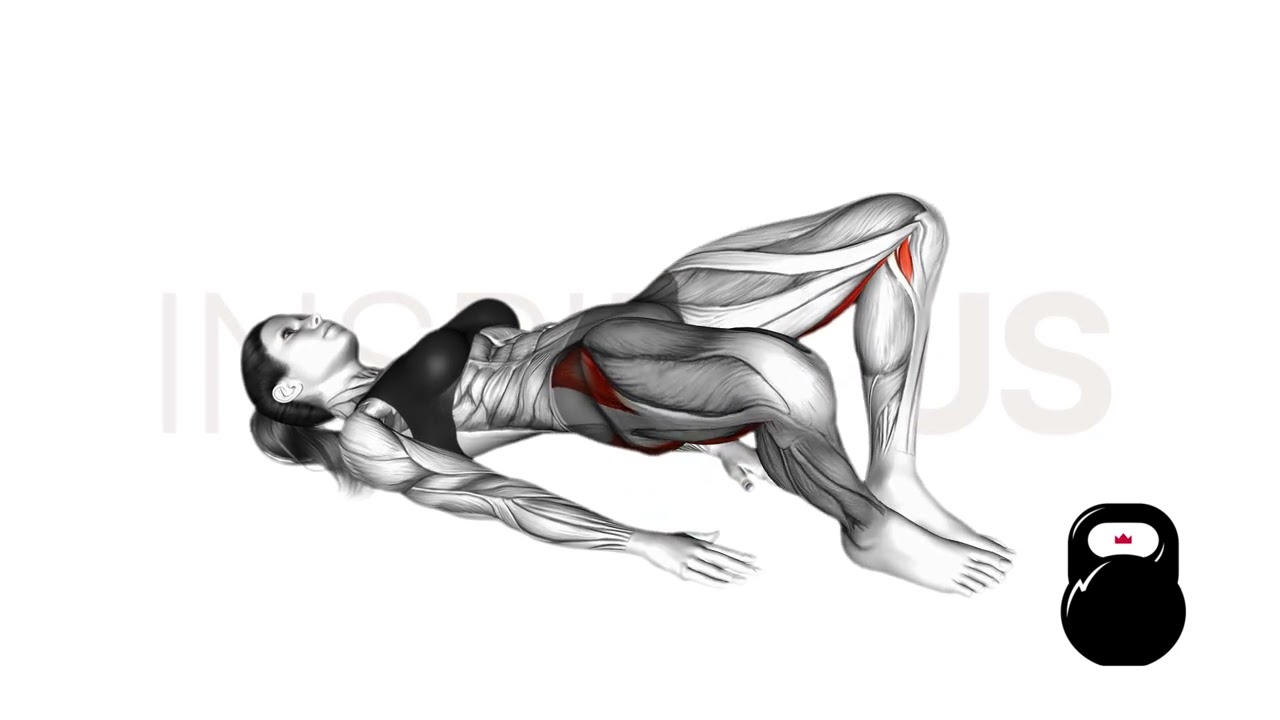Frog Hip Thrust: Benefits, Muscles Worked, and More
The frog hip thrust is a popular exercise that targets the gluteal muscles and helps to improve hip and lower body strength. It is a variation of the traditional hip thrust exercise and an effective exercise for individuals looking to enhance their athletic performance, reduce the risk of injury, or improve the appearance of their lower body.
The frog hip thrust is named after the frog-like position that the body assumes during the movement, with the soles of the feet touching and the knees splayed at a wide angle; This position allows the individual to target their gluteal muscles more effectively. In addition, the exercise is simple and can be easily incorporated into any exercise routine.
Discussing the different aspects of the frog hip thrust in greater detail which covers how to perform the exercise correctly, the muscles worked, the benefits of incorporating it into the exercise routine, and common mistakes to avoid will aid in effectively targeting the gluteal muscles and achieving one’s fitness goals.
What is a Frog Hip Thrust?
The frog hip thrust is a variation of the traditional hip thrust exercise, which involves using a bench or other stable surface to perform the movement.

The frog hip thrust can be performed on the floor using body weight, a barbell, or resistance bands as resistance.
The exercise is named after the frog-like position that the body assumes during the movement, with the feet's soles touching together and the knees splayed at a wide angle.
How to Perform Frog Hip Thrusts?
Before attempting the frog hip thrust, it is essential to warm up properly and choose a weight appropriate for one's fitness level.
A general rule of thumb is to start with a weight that allows for 8–12 repetitions with good form. Then, as strength increases, the weight can gradually increase to continue challenging the muscles.
To begin, one should position themselves on the floor in a supine position with the knees bent at a 90-degree angle, the feet positioned close together, and the toes pointed forward.
The soles of the feet are pressed together, the knees splayed at a wide angle, and the hands grasping the barbell placed at the hips.
This is the starting position for the exercise.
To initiate the movement, the lifter should push through their heels and lift their hips off the floor, contracting their gluteal muscles as they do so.
The motion should be slow and controlled, focusing on squeezing the gluteal muscles as the hips are lifted. It is crucial to avoid arching the back or lifting the shoulders off the floor as the hips are lifted. Instead, the body should be kept in a straight line always.
At the top of the movement, the individual should pause briefly before lowering their hips back to the starting position. A quick pause should be taken before performing the next repetition.
The goal should be to complete 8–12 repetitions per set, depending on fitness level and weight.
Muscles Worked in Performing Frog Hip Thrusts
The frog hip thrust mainly targets the gluteal muscles responsible for thigh extension and abduction. The exercise also works the hamstrings on the back of the thighs which helps in hip extension.
It also engages the adductor muscles located on the inner thighs, which aid with bringing the knees together, also known as hip adduction.

Additionally, the frog hip thrust engages the core muscles, including the abdominal and oblique muscles, as they work to maintain a stable position during the movement.
The exercise also engages the lower back muscles, which assist with maintaining proper posture and spinal alignment.
Benefits of Frog Hip Thrusts
There are several benefits to incorporating frog hip thrusts into your exercise routine.
Some of the benefits include:
Improved Athletic Performance
The frog hip thrust can help enhance athletic performance by strengthening the muscles involved in running, jumping, and climbing. Stronger gluteal muscles can help increase power and speed, while stronger hamstrings and adductors can improve stability and balance.
Reduced Risk of Injury
The frog hip thrust can help reduce the risk of injury by strengthening the muscles around the hips and lower body. Stronger gluteal muscles can help support the hips and prevent common lower-body injuries.
Improved Lower Body Appearance
The frog hip thrust can help to improve the appearance of the lower body by building and shaping the gluteal muscles. Strong, toned glutes can help to create a more aesthetically pleasing and balanced lower body appearance.
Mistakes to Avoid When Doing Frog Hip Thrusts
There are several mistakes that individuals may make when performing the frog hip thrust. Some of the common mistakes include the following:
Using Too Much Weight
Choosing a weight appropriate for one's fitness level is important. However, too much weight can compromise the form and increase the risk of injury.
Arching the Back
Maintaining a straight, stable spinal position throughout the movement is essential. Arching the back can cause strain on the lower back muscles and compromise the form.
Lifting the Shoulders Off the Floor
Avoid lifting the shoulders off the floor when moving the hips. This can cause strain on the neck and shoulders and usually happens when using too much weight.
Lifting the Hips Too High
It is essential to raise the hips to a point where a muscular contraction in the gluteal muscles is felt, but avoid lifting the hips too high as this can cause strain on the lower back muscles.
Neglecting to Warm Up
It is vital to warm up properly before attempting the frog hip thrust. Failing to warm up can increase the risk of injury.
Final Thoughts
The frog hip thrust is a powerful exercise that can help to improve athletic performance, reduce the risk of injury, and improve the appearance of the lower body.
By following proper form and technique and choosing a weight appropriate for the current fitness level, it becomes a powerful tool in achieving one’s fitness goals.
References
1. Collazo García CL, Rueda J, Suárez Luginick B, Navarro E. Differences in the Electromyographic Activity of Lower-Body Muscles in Hip Thrust Variations. J Strength Cond Res. 2020;34(9):2449-2455. doi:10.1519/JSC.0000000000002859

